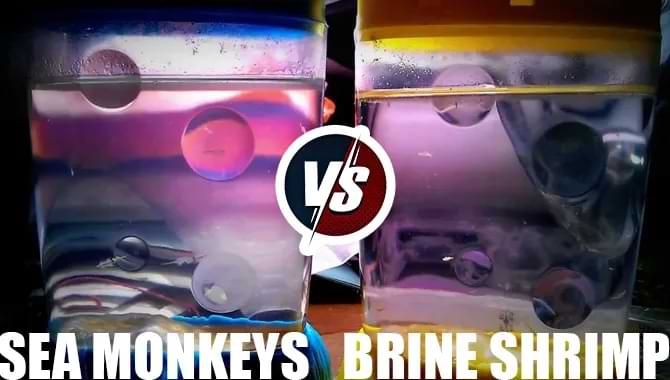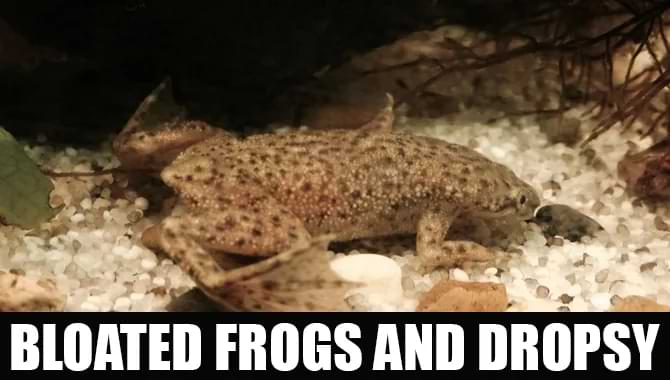A Betta sorority is a group of female Bettas that live together in the same tank. Contrary to popular belief, Bettas can coexist peacefully with each other as long as certain conditions are met. It is important to have a large enough tank with plenty of hiding places and plants to reduce aggression and competition for territory.
Have you ever wanted to be part of a sorority, but something about it didn’t feel right? Or have you been trying to figure out what sorority best fits you? Betta Sorority in a 5-gallon has a great story and a vision for a better tomorrow.
We interviewed three Betta Sorority 5 Gallon members who shared their experiences with this sorority. The Betta Sorority 5-gallon is an amazing product.
It’s a decorative tank that allows you to display your betta fish in an environment that matches their needs. All you need to do is replace the gravel with either clay or pebbles and then fill the tank with water.

Can You Keep More Than One Betta Sorority In A 5 Gallon Together?

No, keeping more than one Betta sorority in a 5-gallon tank together is not recommended. While Betta fish are popular for their beauty and vibrant colours. They can also be territorial and aggressive towards other fish, especially those of the same gender.
Keeping multiple Betta sororities in a small tank can lead to fights and stress, ultimately harming your fish’s health. It is important to provide each Betta sorority with enough space and resources to thrive, which may mean providing each fish with its own tank or upgrading to a larger tank if you want to keep multiple Betta sororities together.
A fun fact about betta fish is that males become aggressive as soon as it hits sexual maturity (about 15-18 months old).
They don’t like being housed with females and can harm them by attacking their delicate fins or biting off a piece of their gill plate.
This aggression becomes more severe, making it unsafe for the females to house with males outside the breeding season.
We recommend female betta fish only be kept in groups of three or larger when possible. Especially if you intend on having them breed during their normal time frame (betta consider year-rounders).
Why Do You Get So Many Bettas Together?

It is not recommended to keep multiple bettas together as they are popular to be aggressive towards their own species, especially males. In the wild, bettas typically live alone in small bodies of water, such as rice paddies and shallow streams.
When kept in a confined space such as a tank, they can become territorial and attack each other. It is important to provide each betta with its own space and avoid overcrowding in order to ensure their well-being. While it may be tempting to keep multiple bettas together for aesthetic purposes, it is crucial to prioritize the health and safety of these beautiful fish.
Set Up Betta Sorority 5 Gallon
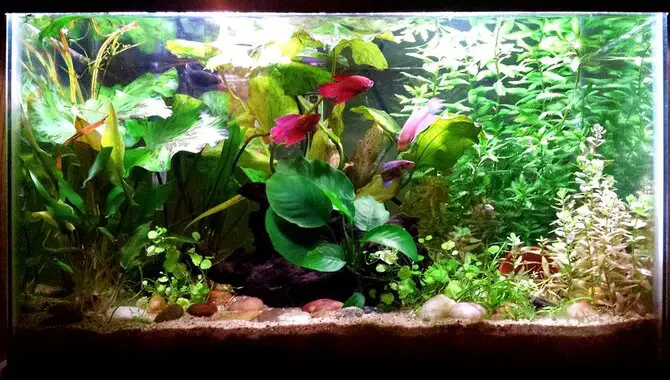
Set up betta sorority fish in a five-gallon tank. You’ll need to look at the bottom of your 5 gals and measure the top of the hood to get your exact measurement.
Mine measures 16″ across, so my pieces were cut 13 1/2″-16″. This will be just enough room for them, let alone two males per tank, and I’m adding a filter to the overflow (this is going in my 26-gallon tank with about 4 more of these).
All betta fish will spend some time together during their training period, but you can get wilder by creating a sorority. This means having extra females from which to choose new members for your sorority.
A regular population sample will send the message to bettas that they need to pair up, so if you have too many males in one area, they may stop looking for females altogether (leading them off-site).
This results in infertility and loss of their spawn, which is another reason why having two or more L-dense tanks can really help out!
If you plan on populating this tank with half the rebellion available (or even less). You should completely prepare for males trying to “sow their seed”. This is when one male intentionally places himself in the water column where females can see him.
Tips For Starting A Betta Sorority Tank?
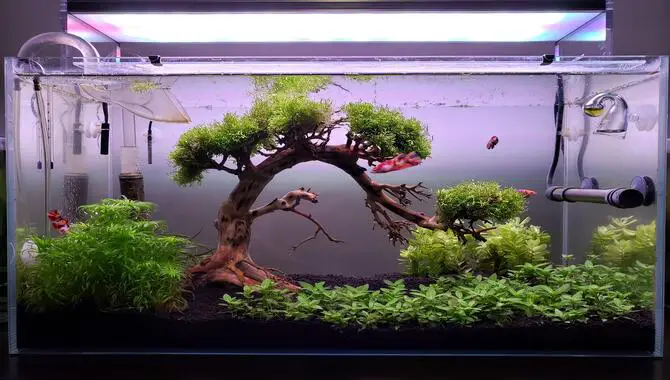
Social interaction is important for betta fishes because they are very territorial and have been observed to be aggressive toward other members of their own species. Therefore, apart from avoiding overcrowding, you should also manage any potential aggression between males.
If too much stress or bullying is going on in a tank, it can lead to reduced or even absent fertility in the females and/or increased aggression between members of the same sex.
Since male betta fish are territorial, they may attack other males when another male enters their territory and during breeding. This is often due to overcrowding (more than 1 per square inch) or high-stress levels within a water bowl where the introduction occurred. Here are some tips below:
- Do not use a container with a filter, as the bubbles from the filter will damage your betta’s delicate gills.
- Use a tank that is at least 3 inches deep and 2 feet long.
- Fill the tank with aquarium saltwater to prevent pH changes in your water.
- Use pebbles or sand to create a natural habitat for your betta in the bottom of the tank so it can burrow when it needs to hide from predators or during feeding time.
- Place floating plants in the tank to provide shelter and shade for your fish.
- Place the tank on a drop cloth (to protect it from paint/household items) so small children can’t play with your fish.
Can You Keep More Than One Betta Fish Together?

The short answer is no, you should not keep more than one betta fish together. Betta fish are popular for their aggressive behaviour and territorial nature. Making it difficult for them to coexist with other fish, especially male bettas.
In the wild, male bettas use their vibrant colours and flowing fins to attract females and intimidate other males. When kept in captivity, this behaviour can lead to fights and even death if two male bettas are housed together.
While some people may suggest keeping female bettas or other peaceful fish with a male betta. It is still not recommended as they may still exhibit aggressive behaviour towards each other. It’s best to give each betta its own tank to ensure its safety and well-being.
Betta fish are adorable and entertaining but can be a little bit finicky betta fish. Ensure the water is clean, the food is plentiful, and they have plenty of hiding spots – that’s all you need to keep them happy. As betta sororities usually consist of two or three bettas, it’s possible to have up to six in a tank. They will get along well and form their little society. So don’t be afraid to add a betta fish to your aquarium. They will love you for it.
Things To Know Before Setting Up A Betta Fish Sorority Tank
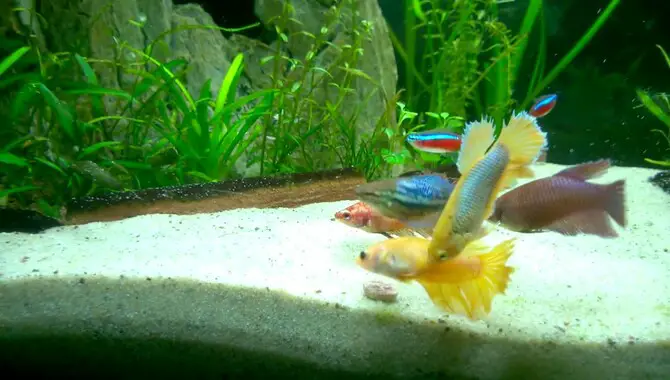
Setting up a Betta fish sorority tank can be a beautiful and rewarding experience, but it’s important to take some factors into consideration before diving in.
One of the most crucial things to keep in mind is that Betta fish are popular for their aggressive behaviour. So it’s essential to provide enough space and hiding spots for each fish. It’s also important to ensure the tank properly cycled and maintains. As water quality can significantly impact the fish’s health.
Setting up a betta fish sorority tank is a lot of fun and can be a great way to socialize and share fishkeeping knowledge with friends. Here are a few things to remember before getting began:
Feeding time is an important part of owning a betta sorority tank, so give them something they love to eat. Ensure the water parameters keep at a consistent temperature and pH level; your betta sisters may get lonely. And, of course, provide plenty of hiding spots and enough room for them to swim around. Get your tank set up and ready to welcome some new betta sisters.
Setting Up Your Betta Sorority Aquarium.

You’re ready to set up your betta sorority aquarium. In this aquarium, betta fish will live in close-knit communities and will compete for food and space. Before you start, add live plants to the aquarium and place them so that they cover as much surface area as possible. Also, place the filter and heater on the bottom of the tank so they’re near the water line.
Finally, please ensure at least five gallons of water are in it. Once everything is set up, position compatible betta species side-by-side in a hierarchical fashion (the dominant fish will be at the top). Be sure to regularly water and feed your betta sorority aquarium to ensure a healthy environment and vibrant community.
What Determines Whether A Betta Sorority Will Be Successful?
The Betta sorority is a great way to organize and care for your fish. However, it’s not as easy as it seems. A few things must be in place to be a successful betta sorority. The number one factor the number of fish involves. If there are five or more fish, it’s likely to succeed. Other factors, such as placement and water quality, are important but not as crucial as the number of fish.
Another important factor to consider is the size of the tank. Smaller tanks produce better results than larger ones. Remember that these guidelines are generalities – every tank is different and will require different care. However, by following these guidelines, you’re on your way to creating a betta sorority that will be loved and appreciated.
Conclusion
Bettas require a lot of maintenance and attention as they are highly social with one another. Also, Bettas have many natural predators, so if you don’t maintain the correct water parameters or do not pay enough attention to your Betta – it could become very stressed out, which can lead to more impaction problems.
Fortunately, common-sense techniques such as siphoned, acclimated fish from other tanks can easily prevent these impaction issues.
Feeding floating media foods with plenty of beneficial bacteria in them to help break down food particles, and also just remember the old phrase – “everything in moderation” when it comes to Betta care. We hope now you understand the maintenance of betta sorority in a 5-gallon.
Frequently Asked Questions
What Do I Feed My Betta?
There are many different types of foods Bettas can be fed. This includes live and frozen-Brine shrimp, oyster meat/shrimp pellets, squid or krill for Betta omnivores or Fruit Flakes such as Mysis Shrimp that contain beneficial bacteria to help break down the food particles in the water.
How Big Do Bettas Get?
In the wild, many bettas can reach lengths from roughly 5 inches (13cm) – 9 inches (23 cm). However, this is highly variable in captivity as several things will determine how long you have to work on their care and health.
How Can I Tell If My Fish Is Stressed Out, Needs Rest Or Has An Impaction Issue?
If the Queen Angelfish starts exhibiting typical signs of stress, such as hiding in a dark environment, uncharacteristically constantly circling around its bowl, and ingesting excess amounts of floating food material, it may display some symptoms related to stress.
How Can I Create The Perfect Environment For My Betta Sisters?
It is important to change your betta sisters’ water often enough so they do not get sick or develop parasites. To do this, you will need a tank that is clean and fresh, as well as fresh food and water regularly. When it comes to their environment, you should provide them with the best possible conditions by adding gravel or rocks to hide under, plants, and decorations like flowers.
What Is A Betta Sorority, And How Do They Relate To Fishkeeping?
Betta sororities are fish groups of male bettas who live together in close quarters. They form hierarchies and know for their flashy fins, aggressive behaviour, and schooling behaviour. As fishkeepers, we can learn to keep our tanks more organized and efficient from betta sororities. For example, by keeping tanks smaller than betta sororities (usually around ten betta fish), we can better monitor and care for them as a group. We also avoid aggressive behaviours by keeping fish groups in separate aquariums with minimal human interaction.

Aquarium passion is all about connecting with the aquatic life and providing education to the public on the importance of these creatures. We showcase a wide variety of marine life through our exhibits as well as working with schools to provide unique learning opportunities for students of all ages.

